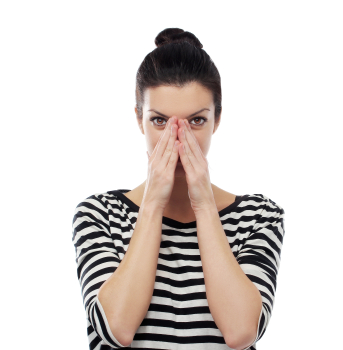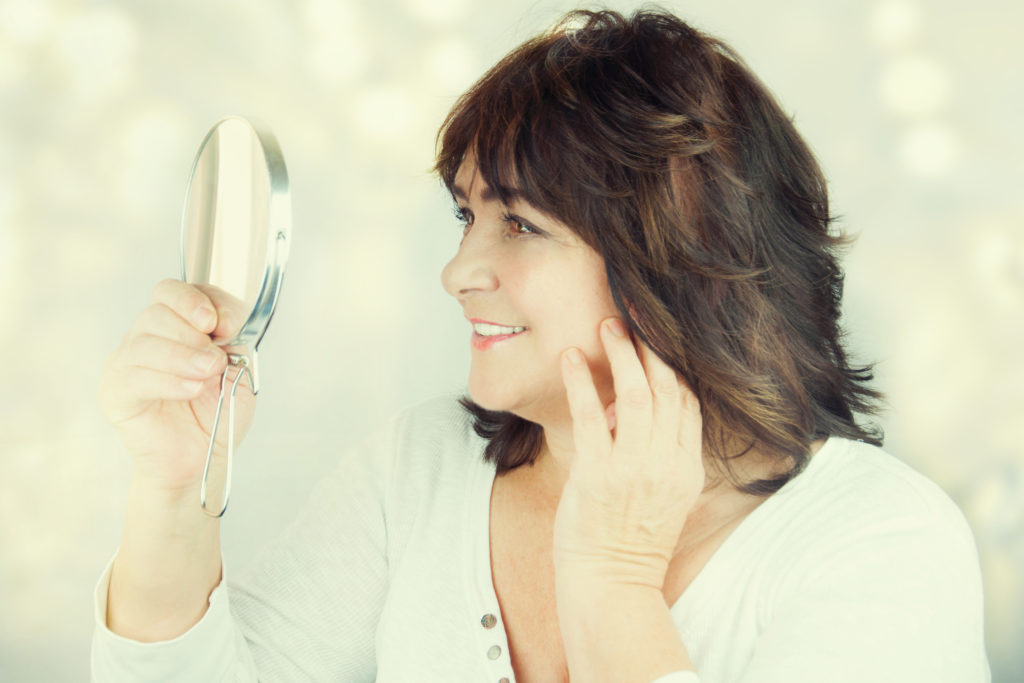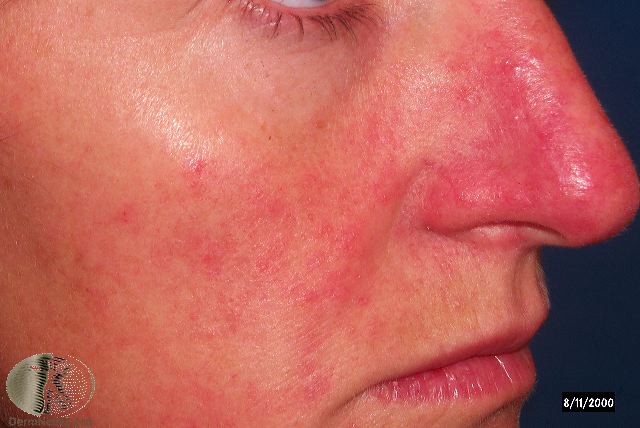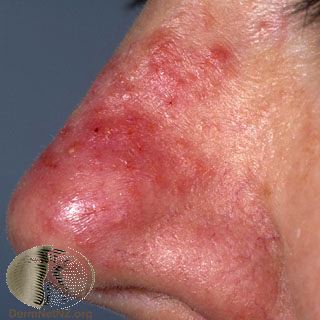Rosacea
Dr. Keith A. Knoell,
Serving Waynesboro, Staunton, Lexington and Harrisonburg, VA

Did you know that acne rosacea can take several different forms? That’s why it’s critical to have an experienced dermatologist like Dr. Knoell recognize and properly diagnosis the condition.
With over 17 years here in the Shenandoah Valley, Dr. Knoell and his staff at Valley Dermatology know that rosacea can cause real self-esteem issues. That’s why you’ll receive the utmost care and professional advice on how to treat rosacea and control its symptoms.
With access to the best medicine available today, you can expect your acne rosacea symptoms to reduce and your self-esteem to soar!
Because there’s a lot of confusion about rosacea, we’ve created a list of the most commonly asked questions below. We hope you find it helpful. However, if you have further questions, don’t hesitate to call us.
What Is Rosacea?
Rosacea is a baffling disease of an unknown origin that causes chronic inflammation. It primarily affects the face.
Who Is Most Likely to Get Acne Rosacea?
We often hear, “How did I get rosacea?” It’s not a question that anyone can answer with absolute authority.
While no one seems to be immune—yes, there is even baby rosacea—generally speaking, acne rosacea strikes from the ages of 30-50.
Research now suggests that rosacea tends to run in families. That means if you have a blood relative with rosacea, you have a higher risk of getting the disease.
Women are more commonly affected by rosacea, although men also develop the disease. Interestingly enough, men can be more severely affected by the disease than women.

The profile for those most at risk are as follows:
- Between the ages of 30-50
- Fair skinned, blonde and blue-eyed
- Northern European ancestry
- A woman who is going through menopause
Still, we have treated people of all skin colors and ages for rosacea, even those with darker skin, hair, and eyes! As we said, it’s a baffling disease.
The good news is there are several different successful treatments for rosacea that lessen its appearance and symptoms.

What Are the Symptoms of Rosacea?
Some of the common signs of rosacea are:
- Acne-like breakouts
- Rosacea skin feels sore and is easily irritated
- You may see thin, reddish-purple veins
- Dry, itchy and irritated eyes—this is typical with ocular rosacea
- Eyes are bloodshot
- Eyes feel gritty
- Redness on the cheeks that spreads in a butterfly pattern, which can also spread to the chin, forehead, and even the ears
photo courtesy of dermnetnz.org
For some rosacea patients, time makes the disease more noticeable; even mild rosacea can become more prominent with the redness becoming permanent.
Rosacea on the chin, forehead, cheeks, and nose can become hot and tender, with the skin so sensitive even water on the face causes stinging and burning!
We are so glad that Valley Dermatology offers the best rosacea medication and treatment anywhere. That means you do not have to live with the pain and embarrassment of this perplexing disease.
Dr. Knoell’s experience and skill can offer you the best rosacea care and relief possible. With a prescribed medication to reduce symptoms, you can get back to enjoying your life without the constant preoccupation of your face!
Rosacea Types
Rosacea takes various forms and presents with different symptoms. Here are the 4 most common types of rosacea.
Ocular Rosacea—This form of rosacea affects men and women equally. Some studies suggest that those who blush easily are more prone to ocular rosacea. We do know that it can be the first symptom of facial rosacea. Symptoms include watery or bloodshot eyes, swollen eyelids, burning, irritation, stinging, and styes.
Facial Redness (Erythematotelangiectatic Rosacea)—Characterized by flushing and persistent facial redness, small blood vessels sometimes become visible. This type of rosacea is also accompanied by stinging, burning, swelling and roughness of the skin.
Bumps and Pimples (Papulopustular Rosacea)—Besides the persistent redness, papules or bumps can also appear, as well as pustules or pimples. Red, raised patches known as plaques can also occur.
Rosacea Nose Enlargement (Phymatous Rosacea)—W.C. Fields is a famous actor and comedian that had rosacea on his nose. It’s evidenced by a nose that becomes enlarged from excess tissue, a condition known as rhinophyma.
The skin on the nose may become thick with irregular surface nodules. In rare cases, these nodules may develop in other areas of the body besides the nose. Fortunately, there are rosacea nose treatments.
photo courtesy of dermnetnz.org

Rosacea Triggers
To manage rosacea successfully, it’s important to know what triggers an episode, and to know that those triggers can be different for everyone.
Here are the most common triggers:
- Spicy foods
- Alcoholic beverages
- Caffeine
- Hot temperature drinks
- Heavy exertion
- Stress/anxiety
Call Valley Dermatology LLC to help you successfully manage your rosacea symptoms!
540-221-6702